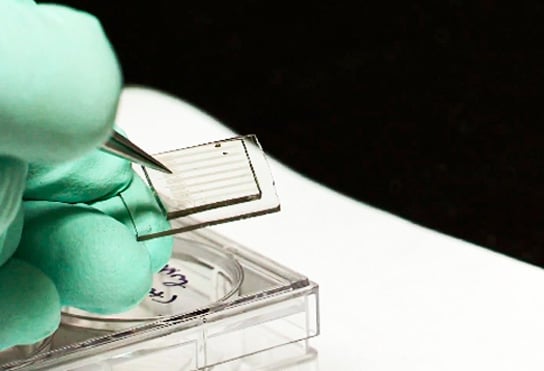
Scientists at Stanford University have put together the first solar cell that’s entirely made up of carbon, which is a promising alternative to the expensive materials used in photovoltaic cells today.
The scientists published their findings in the journal ACS Nano. Carbon has the potential to deliver high performance at low cost, states Zhenan Bao, a chemical engineer, at Stanford University. This is the first demonstration of a working solar cell in which all of its components are made out of carbon.

Unlike rigid silicon solar panels, these thin prototypes are made up of carbon materials that can be coated from a solution. This coating technique also has the potential to reduce manufacturing costs. The processing of silicon-based solar cells requires a lot of steps, but Stanford’s device can be built using simple coating methods that don’t require expensive tools or machines.
The experimental solar cell consists of a photoactive layer sandwiched between two electrodes. Instead of using silver and indium tin oxide (ITO) found in conventional electrodes, they used electrodes with graphene and carbon nanotubes. For the active layer, they used a material that was made up of carbon nanotubes and buckyballs.
The research team has filed a patent for their device. One drawback of this prototype is that it primarily absorbs near-infrared wavelengths of light, contributing to an efficiency of less than 1%, which is much lower than commercially available cells. With better materials and processing techniques, the researchers believe that the efficiency will dramatically increase.
The team is looking at a variety of ways to improve efficiency. “Roughness can short-circuit the device and make it hard to collect the current,” Bao said. “We have to figure out how to make each layer very smooth by stacking the nanomaterials really well.” The ability of carbon solar cells to outperform conventional devices under extreme conditions may overcome the need for greater efficiency, but that remains to be seen.
Reference: “Evaluation of Solution-Processable Carbon-Based Electrodes for All-Carbon Solar Cells” by Marc P. Ramuz, Michael Vosgueritchian, Peng Wei, Chenggong Wang, Yongli Gao, Yingpeng Wu, Yongsheng Chen and Zhenan Bao, 31 October 2012, ACS Nano.
DOI: 10.1021/nn304410w